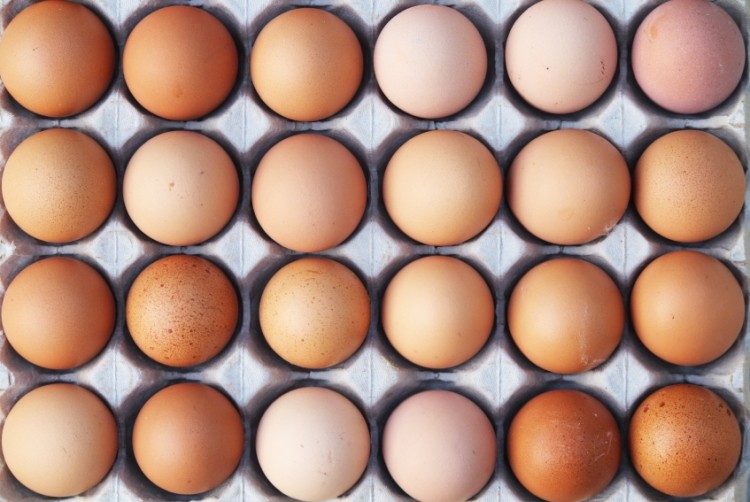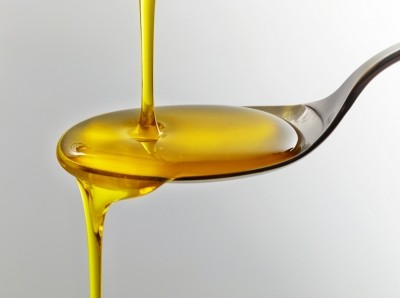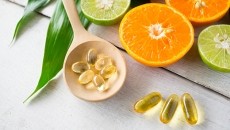Omega-3 eggs: Team looking to boost heart-healthy fats in eggs reveal 'surprising' results

Researchers aiming to boost the levels of healthy fats in eggs have uncovered a surprise finding that could have implications beyond the production of eggs.
Writing in the journal Lipids, the team behind the study looked to modify the way chickens are fed to help produce eggs with naturally improved levels of key essential lipids and healthy fats.
When chickens were fed increased amounts of flaxseed oil, which is a rich source of the short-chain omega-3 alpha-linolenic acid (ALA), the chickens produced eggs with up to 9.4 times more total omega-3 content than controls - and up to 2.2 times more heart healthy ong chain omega-3 polyunsaturated fatty acids (PUFAs).
Building on these findings the team then aimed to further enrich eggs with healthy oleic acid - in addition to the improved omega-3 leves - by feeding chickens the same flaxseed oil in combination with high-oleic acid soybean (HOSO).
However, the Penn State University research team reported a 'surprising' finding at this point - although the HOSO successfully increased the MUFA content of the eggs as expected, the combination also reduced the accumulation of omega-3 fats within the yolk when compared to providing the flaxseed oil alone.
Indeed, at the highest dose of supplementary HOSO, the accumulation of of ALA, long-chain omega-3 PUFAs, and total omega-3 fatty acids were found to be reduced by 37%, 15% and 32% respectively, said the authors - led by Professor Robert Elkin.
“Thus, in the context of producing a more heart-healthy egg, these results suggest that dietary oleic acid is not neutral with regard to the overall process by which dietary ALA is absorbed, metabolised, and deposited into egg yolk, either intact or in the form of longer chain/more unsaturated n-3 PUFA derivative,” said Elkin.
Significance
Elkin noted that ths study is the first study to demonstrate that dietary oleic acid can reduce the accumulation of omega-3 fats in the the eggs yolks of chickens fed flax oil.
But the findings may also have implications for humans, as many elements of the fat digestion and absorption process are similar in humans and chickens, the team stated.
“It is possible that oils rich in oleic acid might hinder the body’s ability to reap the full nutritional benefits of EPA and DHA if consumed along with fatty fish or omega-3 fatty acid supplements, such as fish oil capsules,” said Elkin.
“This also could be occurring in people consuming a Mediterranean diet, in which oleic acid-rich olive oil is the principal source of fat, and moderate to low amounts of fish are eaten,” he added.
Oleic acid effect?
However, Elkin noted that the study does not establish whether the surprising effect of lowering omega-3 absorption was due to oleic acid itself or specifically from high-oleic soy oil. The authors said further investigations are already in progress using other oleic acid-rich oils to determine this.
The team also suggested that competition between oleic acid and ALA for absorption in the intestine may have been responsible for the result.
“The importance of this research to the (egg) industry is that we have learned of a potential new hindrance to enriching eggs with omega-3 fatty acids, and that information can be used when trying to develop the ‘next generation’ of enriched eggs,” Elkin concluded.
Source: Lipids
Volume 53 (2018), pages 235 -249, doi: 10.1002/lipd.12016
“Dietary High-Oleic Acid Soybean Oil Dose Dependently Attenuates Egg Yolk Content of n-3 Polyunsaturated Fatty Acids in Laying Hens Fed Supplemental Flaxseed Oil”
Authors: Robert G. Elkin, et al














